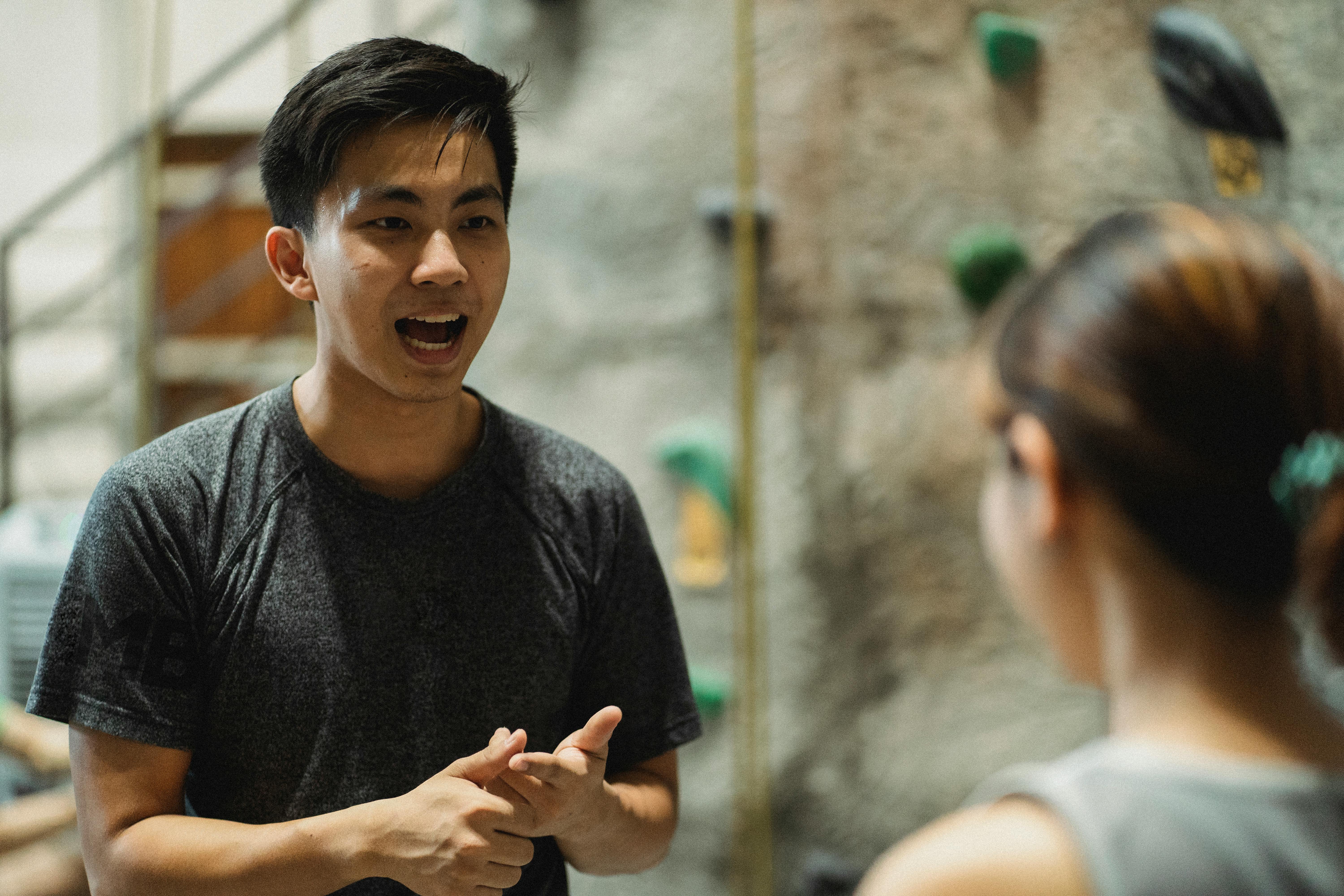Selecting the right racquetball racket for you can be tricky. If you’ve been playing for a while, you may already know if you’re a HEAD guy/girl, or an Ektelon guy/girl, etc.
If you’re looking to get your first serious racket, or even your first racket period, answering a few simple questions can help you in your search for the perfect racket.
What size grip?
This is one of the easiest questions to answer. If you use an XL size glove, you may want an XS (eXtra Small, although it is the larger of the two racquetball grip sizes) or a 3-7/8″ or 3-15/16″ grip.
Most others will want an SS (Super Small) or 3-5/8. Some users of large gloves may like a larger grip, but in general, the smaller grip allows you to move the racket in your hand more easily for more control, and can generate more wrist movement for more power.
If unsure go with the SS, you can always increase the size of the handle with tape, but shaving the handle is not recommended.
On top of that, some grips are rounder and some are flatter. In general, Ektelon and ProKennex have somewhat more rectangular (flatter) grips, while the other manufacturers have more square (rounded) grips.
What weight?
Good rackets range from 150 to 195 grams. Some cheaper rackets are heavier, but we’re assuming if you’re looking at this, you’re serious about racquetball.
More advanced players prefer the lighter rackets. The lighter racket is more maneuverable and therefore can provide more control. Almost all professional players use a racket in the 170-175g range. This is the range where the racket is light enough to move around, but an athletic person can still generate quite a bit of power with it.
In general, a heavier racket will help “turn your swing” and provide some extra power, after all, Force equals Mass x Acceleration (F = MA). If you have a slower rate of turn, buying a little mass can make up for less acceleration. Players with less experience or slow swing speed will tend to use heavier rackets. Heavier rackets can lead to more arm fatigue during extended play.
Rackets under 165g, in general, are designed for people who aren’t looking for a lot of power, or simply can’t swing a heavier racket effectively. Small women and younger players may like a 150g racket because they can swing it easily, most players will probably find these rackets too light and might even experience some elbow pain swinging such a light racket.
So is that it?
Not quite. There are a few other factors to consider, such as balance and swingweight.
Balance helps describe how the racket’s weight is distributed. Head heavy refers to a racket that has its center of mass toward the racket head. The mass further away from the lever point (your hand) requires more inertial motion, but generates more power. Mass closer to your hand, allows more control, but not as much power. HEAD, Gearbox and Wilson tend to be heavy. Ektelon and E-Force tend to be slightly light to slightly heavy. ProKennex has models that are everywhere.
Swingweight is how heavy the racket feels when you swing it. It is a combination of total weight and balance. 2 rackets can have the same swingweight even if they are different stationary weights. For example, a lighter racquet with its weight distributed towards the head may have a higher swingweight than a heavier racquet with a light balance point in the head. For example, the 165g GB-250 and 170g GB-250 have the same swingweight even though one is lighter than the other.
Sustainability?
As long as you don’t hit the racket against the wall after missing a shot, durability shouldn’t be an issue with today’s modern racket technologies. Most new rackets come with a one year manufacturer’s warranty just in case.
Am I still confused?
Email us at [email protected] to ask us any questions!


